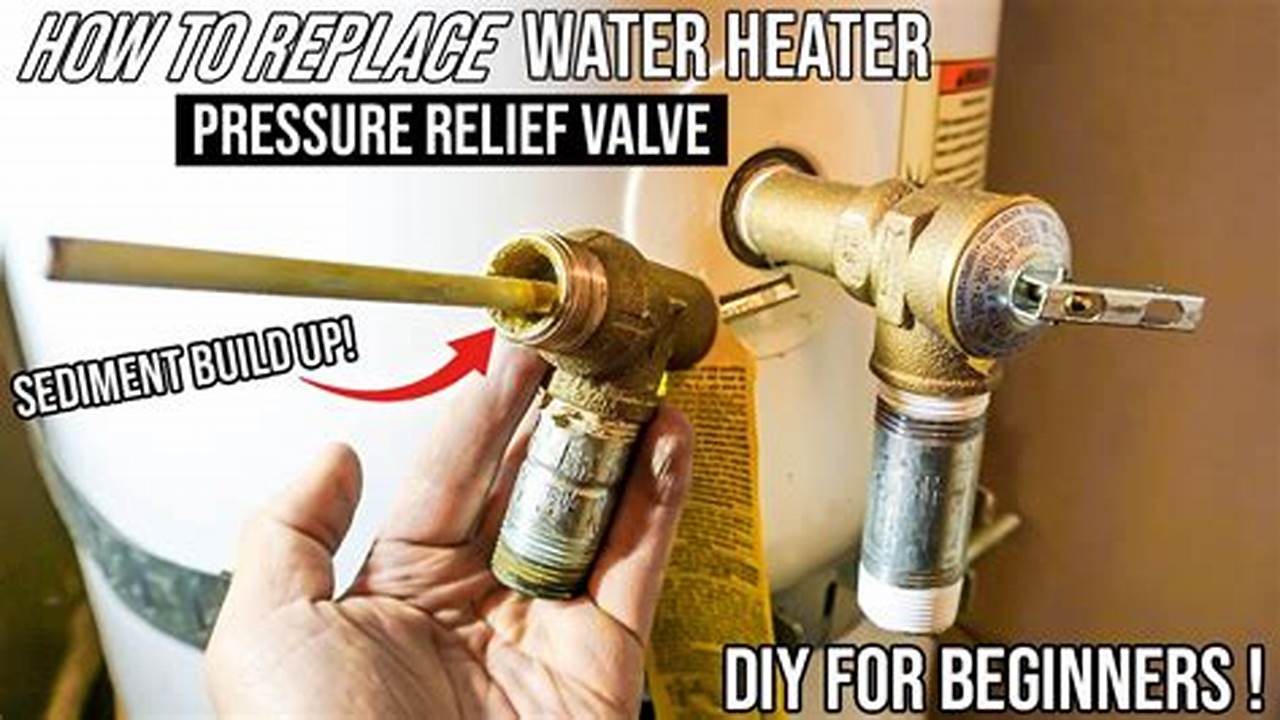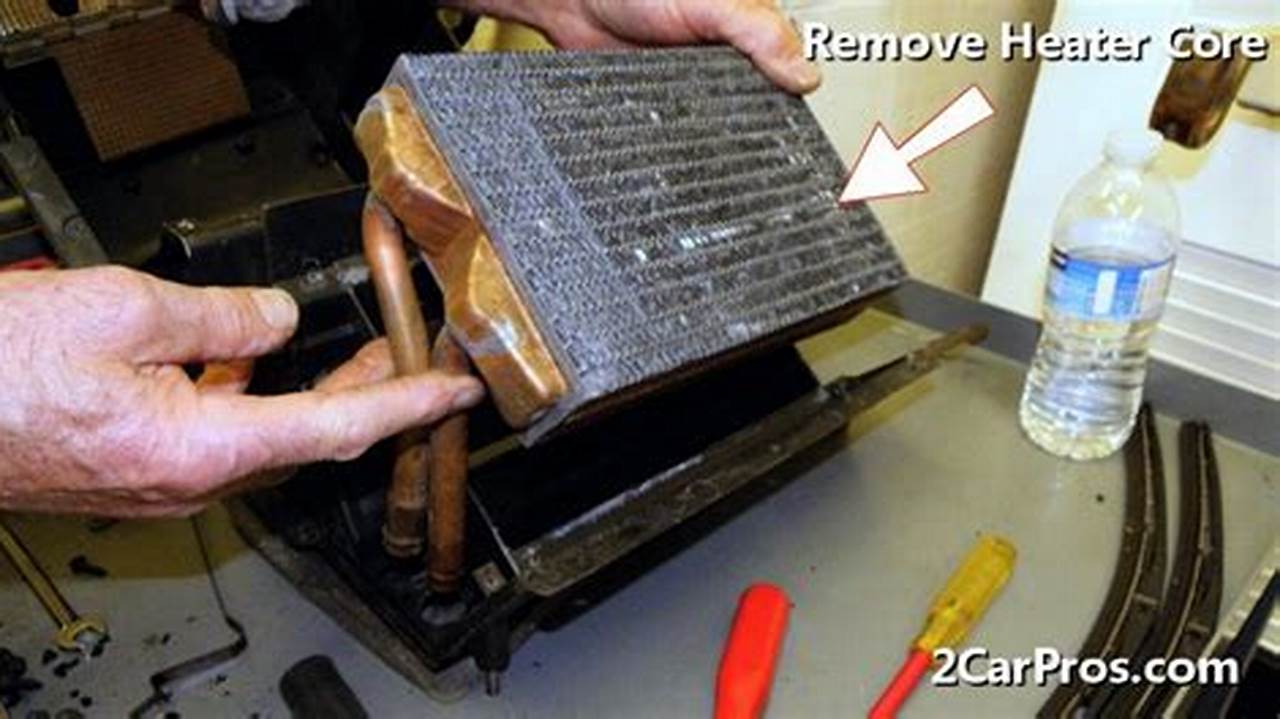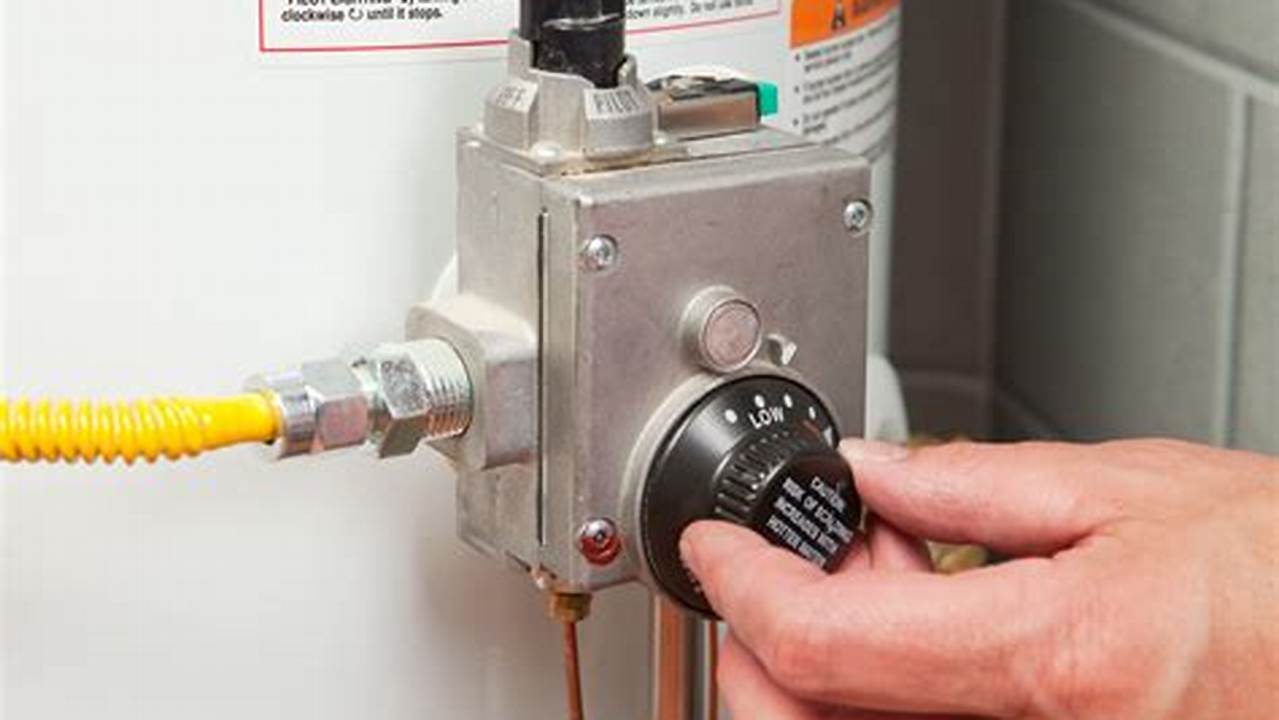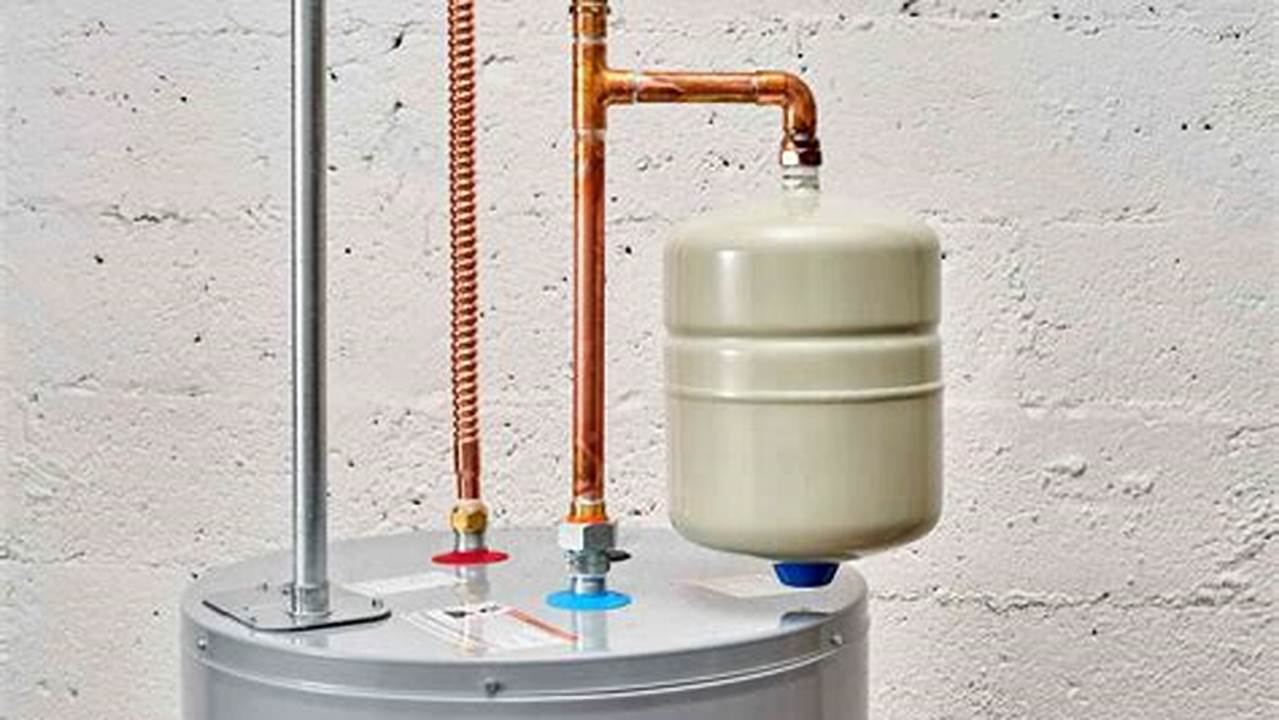
A water heater expansion tank is a component of a water heating system that is designed to absorb the expansion of water as it is heated. As water is heated, it expands in volume. If there is no expansion tank, this expansion can put stress on the water heater and plumbing system, potentially leading to leaks or even a burst tank. The expansion tank provides a buffer space for the expanding water, preventing it from causing damage to the system.
Installing a water heater expansion tank is a relatively simple process that can be completed in a few hours. The first step is to determine the correct size of expansion tank for your water heater. The size of the tank will depend on the size of your water heater and the amount of expansion that is expected. Once you have selected the correct size tank, you will need to install it on the cold water inlet pipe of your water heater. The tank should be installed in a vertical position, with the inlet and outlet connections at the top of the tank.


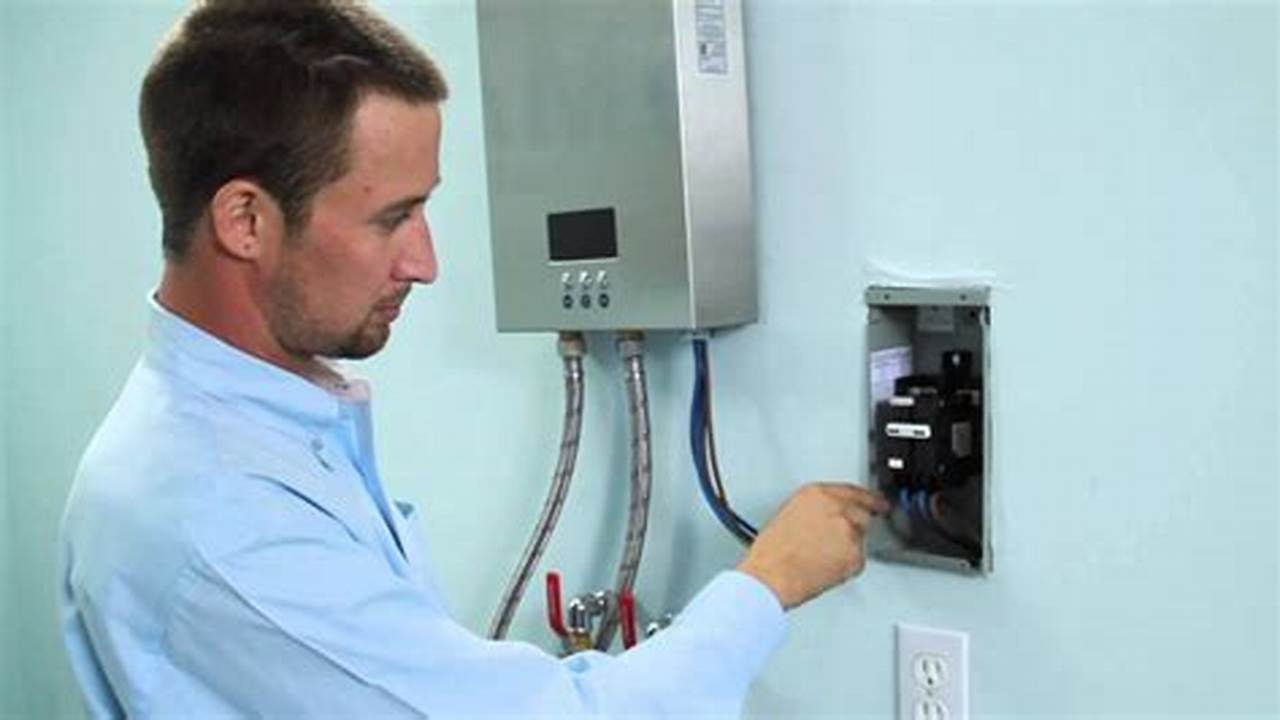
![[How To] Turn On The Heater In Ac Without Remote [Step-by-Step Guide]](https://memkite.com/wp-content/uploads/2025/04/1fdc0f893412ce55f0d2811821b84d3b-5079.jpg)
